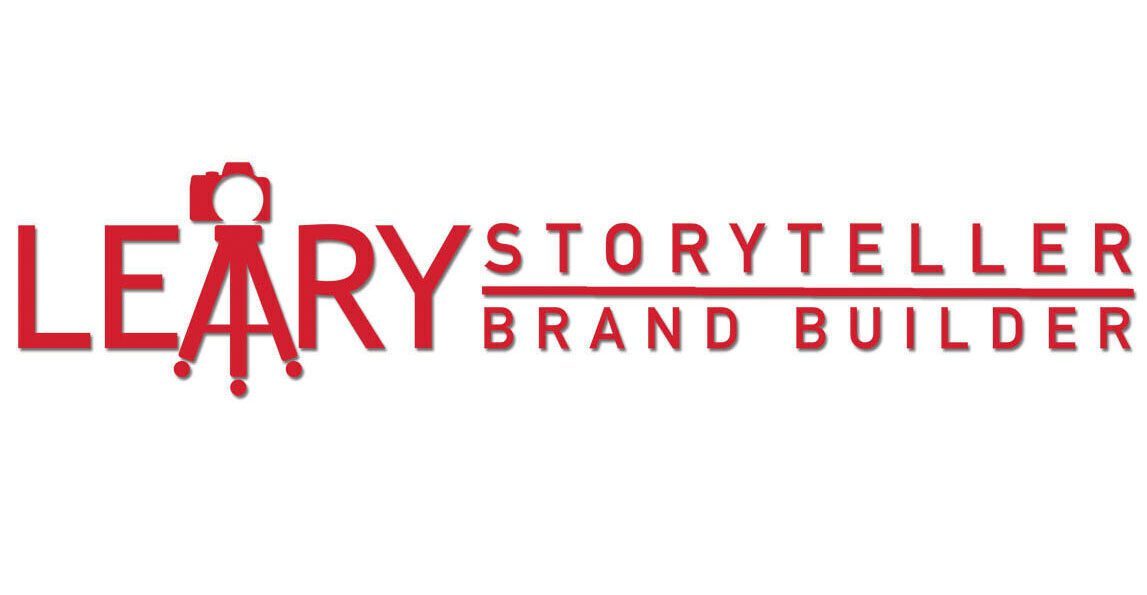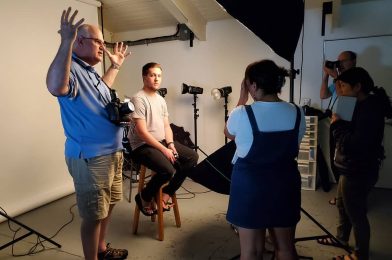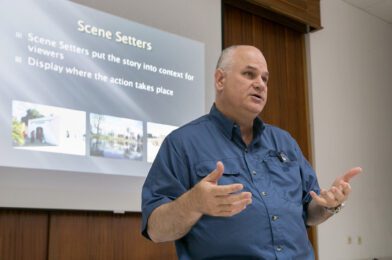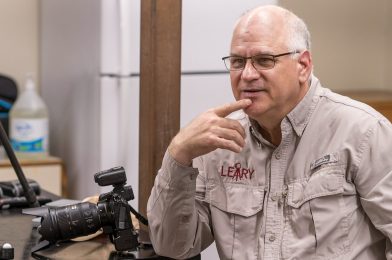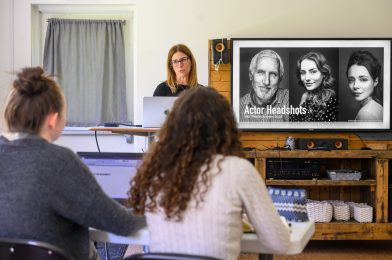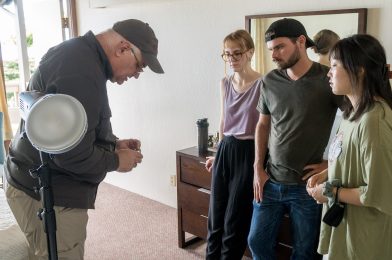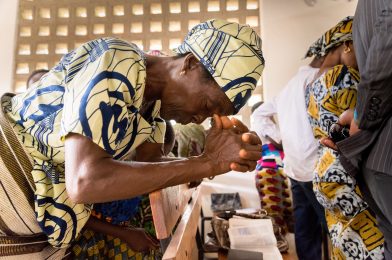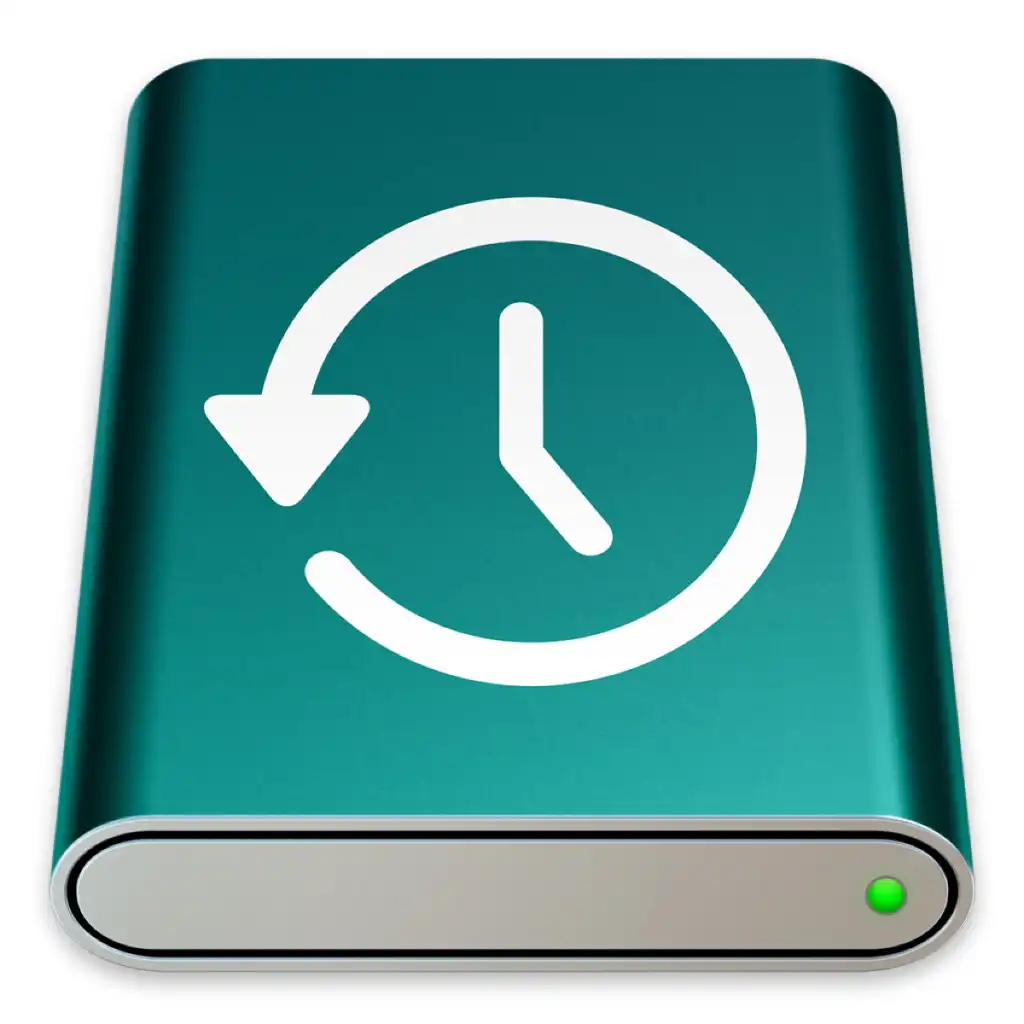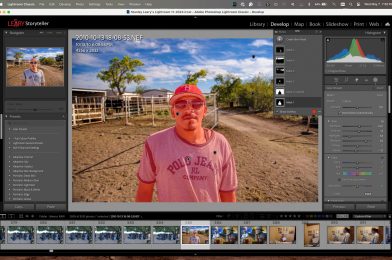Photo by Dorie Griggs
One of the strengths I bring to my workshops, especially the intense one-week kind, is discernment. I often see very clearly where someone needs help or correction. It’s not a guess or a vague hunch; it’s a sharp awareness and part of my brain’s workings.
Being on the Autism spectrum, I know that directness often comes with the territory. For me, it’s less about being blunt and more about being efficient, honest, and helpful. If someone is doing something that could be better, I want them to know, because I also want to know when I can grow or improve.
But I’ve learned that this can be hard for others to accept, especially in a condensed, emotionally charged learning environment like a one-week creative workshop, where students are already being stretched in vulnerable ways.
The Challenge: How do I lead with clarity and kindness?
It’s something I continue to wrestle with. I care deeply about my students and want to give them my best. I want them to grow, to see what I see in their work and rise to it. But I also want them to feel safe, seen, and not crushed by my critique.
What I’m Learning (and Relearning) About Communicating with Warmth
Here are a few things I’m putting into practice—and maybe they’ll be helpful for others too, especially those of us who are more naturally wired for truth than tact:
1. Ask Before Advising
Instead of jumping in with a correction, I’ve started asking:
“Would you like some input on that?” or “Can I offer an observation?”
This slight pause respects their autonomy. It shifts the dynamic from “Here’s what’s wrong” to “I noticed something—would you like to know?”
2. Affirm What’s Working First
It’s easy to focus on what needs fixing, because that’s often what stands out. But I’m learning to discipline myself to notice and say what’s working.
Example:
“Your use of natural light in this shot is so strong—it feels honest and intentional. There’s one element that’s distracting from that, though. Want to take a look together?”
This frames feedback as refinement, not rejection.
3. Be Curious, Not Just Correct
Instead of saying, “This doesn’t work,” try:
“I wonder what would happen if you tried this differently?”
This shifts the posture from teacher-as-authority to teacher-as-co-explorer, and that builds trust.
4. Let Silence Help
Sometimes, my directness is less about what I say and more about how fast I say it. Pausing for a breath or letting a moment sit before speaking helps me better gauge the emotional space. Slowness can be kindness.
5. Let Students Reflect First
Instead of jumping in with my take, I’ve begun asking:
“How do you feel about this work? Is there anything you wish had turned out differently?”
Students often already sense what needs improving, and saying it themselves gives them ownership and dignity.
Teaching is Not Just About the Work—It’s About the Person
I’m still learning to hold this tension: giving honest, helpful, transformative feedback, without stripping the humanity out of it. It’s easy to prioritize information over connection, especially in short workshops, where time is tight. But connection is what makes the information stick.
My discernment is not a flaw. My directness is not wrong. They’re strengths. But strengths need refinement, just like the students I’m trying to help.
And maybe that’s the lesson underneath all of this: we’re all learning how to see better, speak better, and love better—even when it’s uncomfortable.
If you’re someone who also struggles with how to confront or correct others, maybe start with this question:
“What would it feel like for me to hear this?”
Or even better:
“What tone would help me stay open to this feedback?”
Because that’s what we want—for people to stay open, not shut down. To grow, not retreat. And that starts with how we speak.
